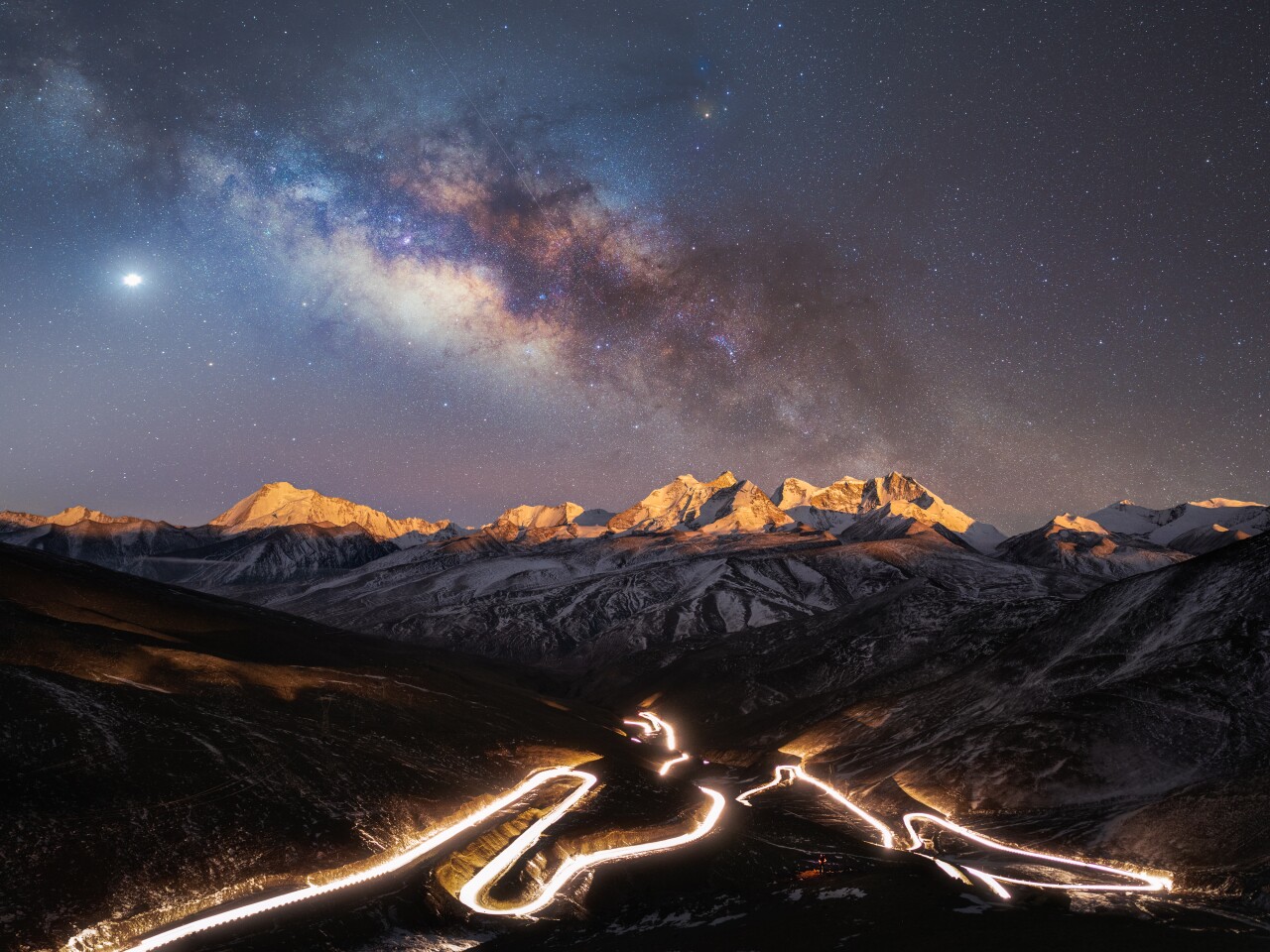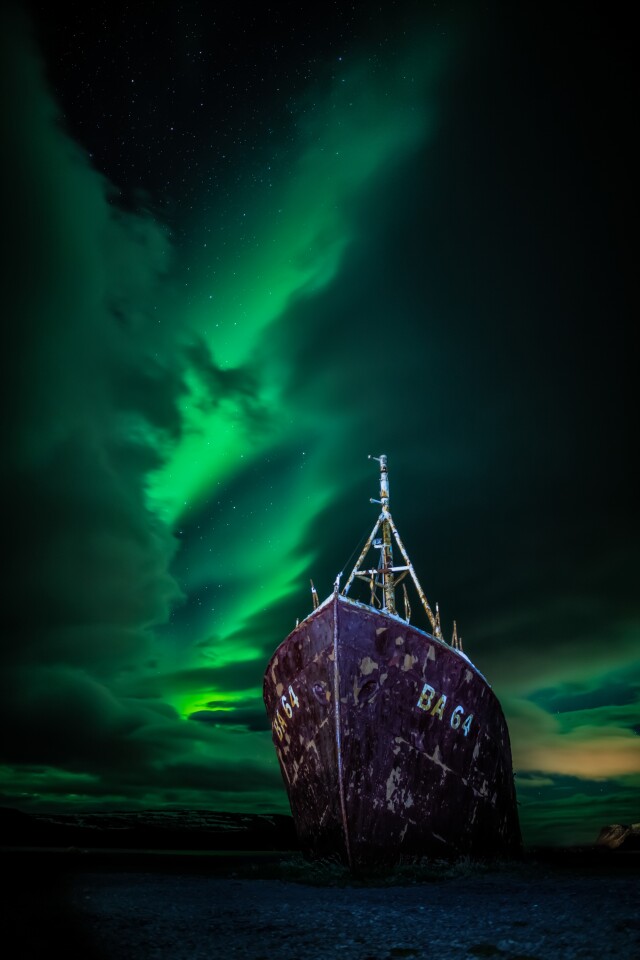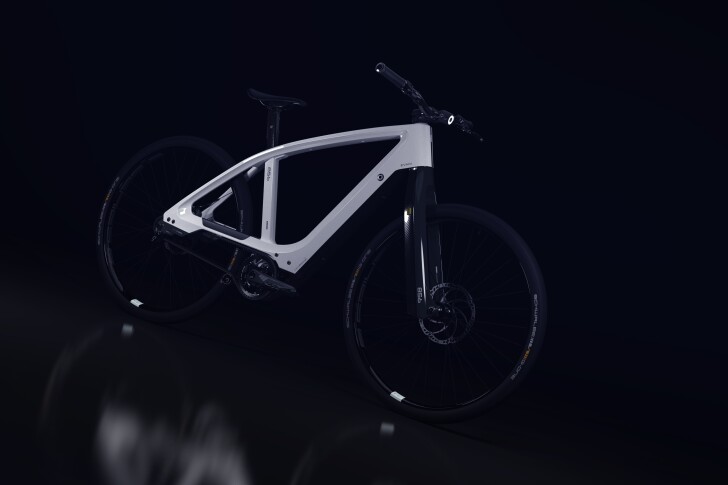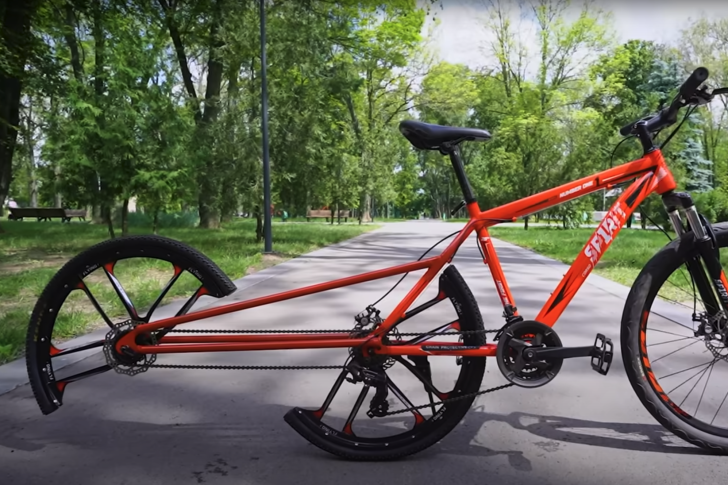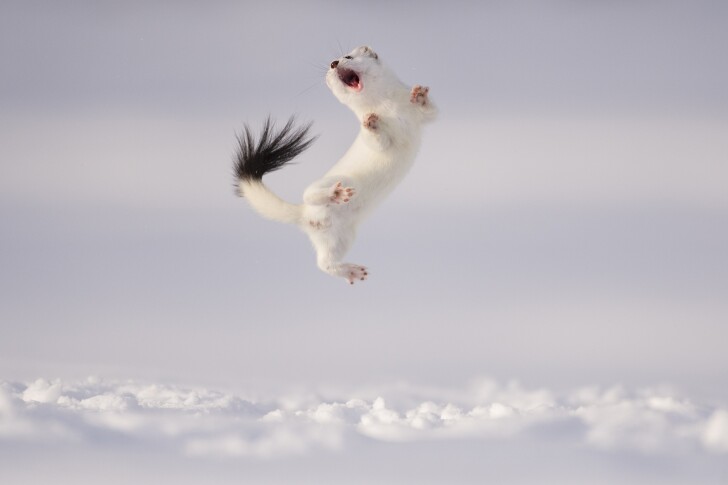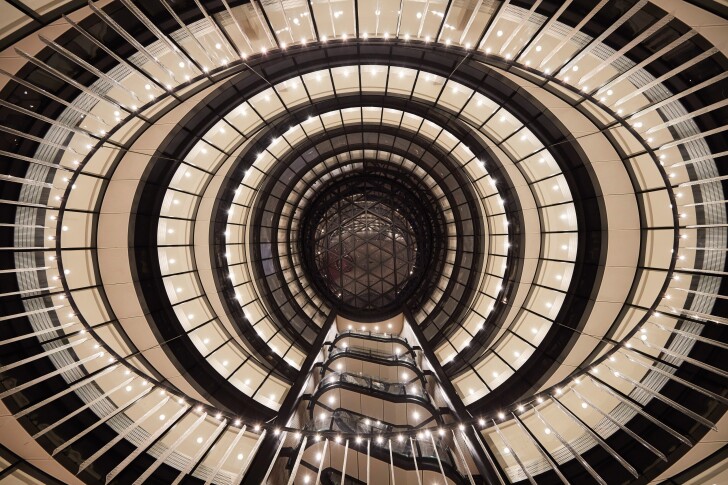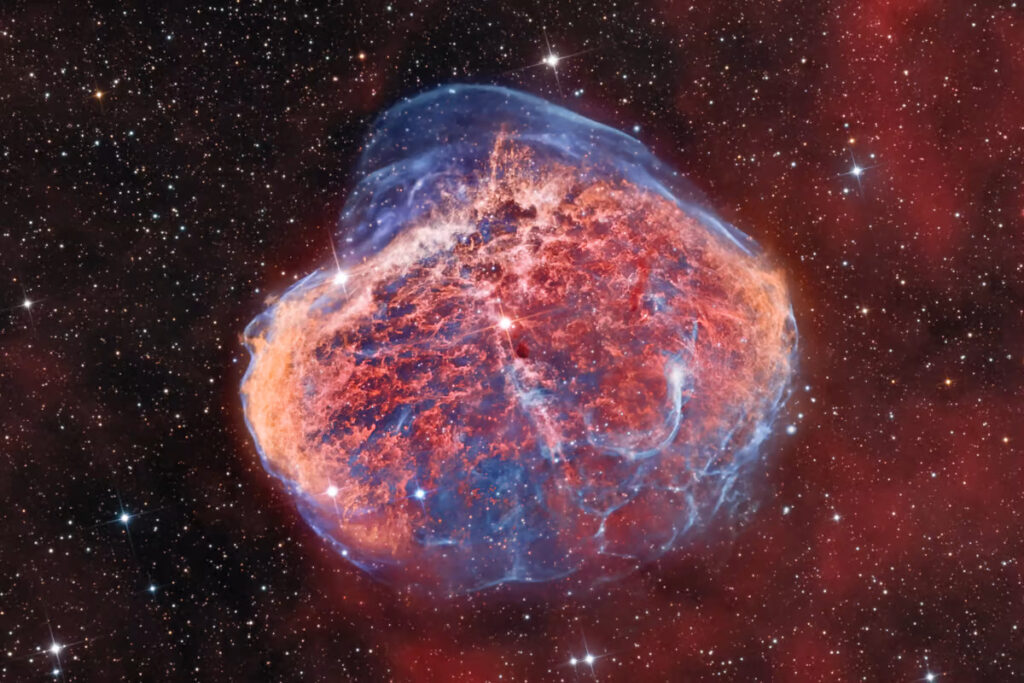 Stars and Nebulae. NGC 6888 – The Crescent Nebula. A deep view of the Crescent Nebula in Cygnus, the result of shockwaves originating from the Wolf–Rayet star WR 134. Taken with a ZWO-ASI6200MM-Cool camera, 3654 mm f/9, 45 hours of 10-minute exposures. Bray Falls. View 28 Images
Stars and Nebulae. NGC 6888 – The Crescent Nebula. A deep view of the Crescent Nebula in Cygnus, the result of shockwaves originating from the Wolf–Rayet star WR 134. Taken with a ZWO-ASI6200MM-Cool camera, 3654 mm f/9, 45 hours of 10-minute exposures. Bray Falls. View 28 Images–Rich Haridy
In its 14th year the Astronomy Photographer of the Year contest covers a broad range of astrophotography styles, including complex shots of galaxies or nebulae and stylish night photography placing the landscape of our planet in front of the wonders of the galaxy. This year the contest spanned nine main categories (covering everything from Planets, Comets, and Aurorae, to the Moon and the Sun), alongside a special Youth category and two special prizes focusing on the best newcomer and the most innovative photography.

More than 3,000 images were submitted this year, across 67 different countries. Many shots came from enthusiastic amateurs, such as Hannah Rochford’s incredible shot of a massive orange Moon rising over an iconic English hill.
“The perspective never fails to excite me,” explained Rochford. “I took this from a few miles away from the Tor to get that ‘gigantic’ Moon look. A lot of people think that this is a composite, but it is one image. I took it with my 10-year-old, second-hand Canon camera.”
Other earthbound highlights include Carl Gallagher’s gorgeous shot of the Aurora Borealis in front of a wrecked whaling ship in Iceland. Gallagher is keen to stress his shot was a single exposure and not stitched or stacked.
“It was quite a powerful experience to see this rusting vessel, once a whaling ship, now sitting on the beach at the end of the fjord with the aurora just beginning to appear through gaps in the cloud,” said Gallagher. “I never stack, blend or stitch images – it’s just a simple, single, moment in time.”
Other shots are certainly more otherworldly, from incredible views of our neighbors the Moon, or our Sun, to intergalactic jaunts glimpsing mind bending nebulae. Take a look through the 2022 Astronomy Photographer of the Year gallery for more highlights from this year’s shortlist.
The winners will be announced on September 15.
Source: Royal Museum Greenwich
–
–









